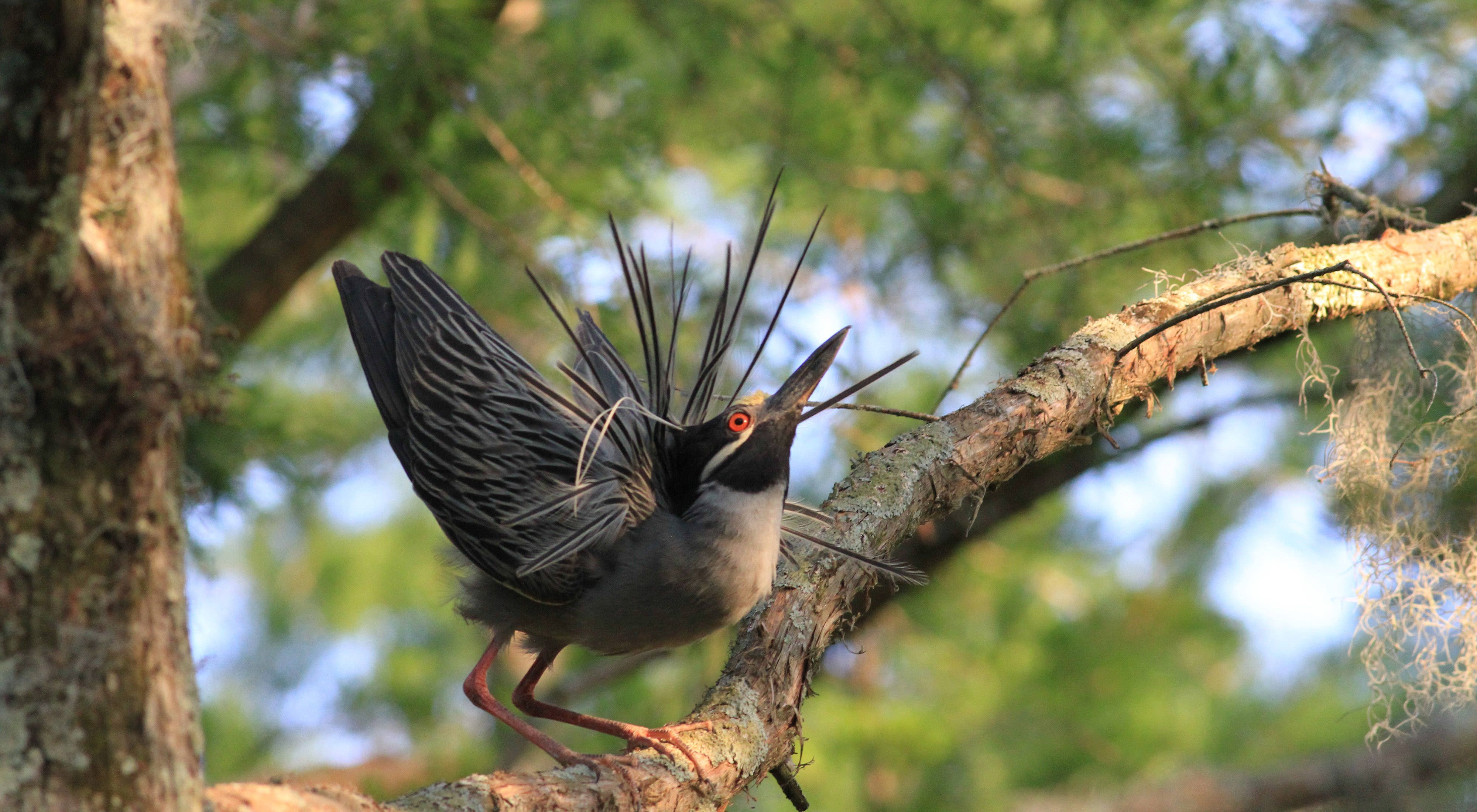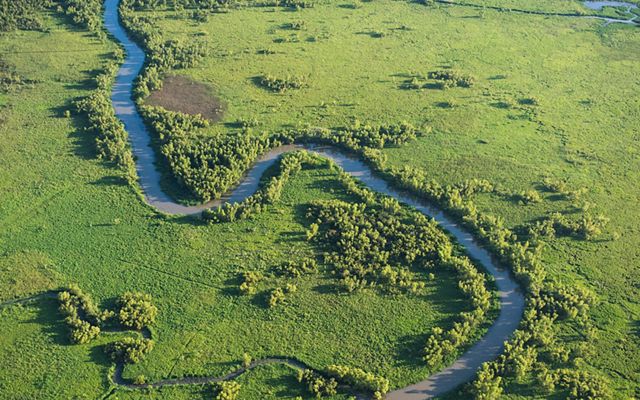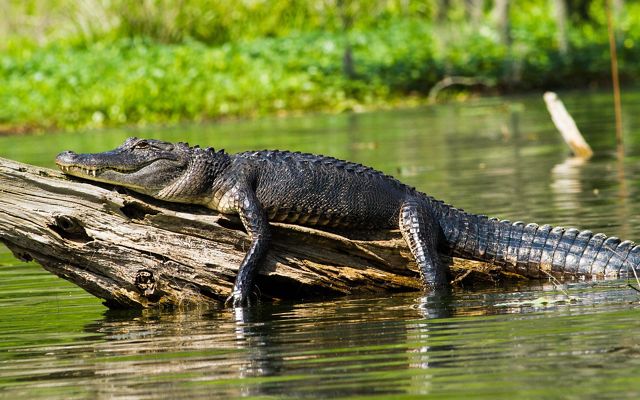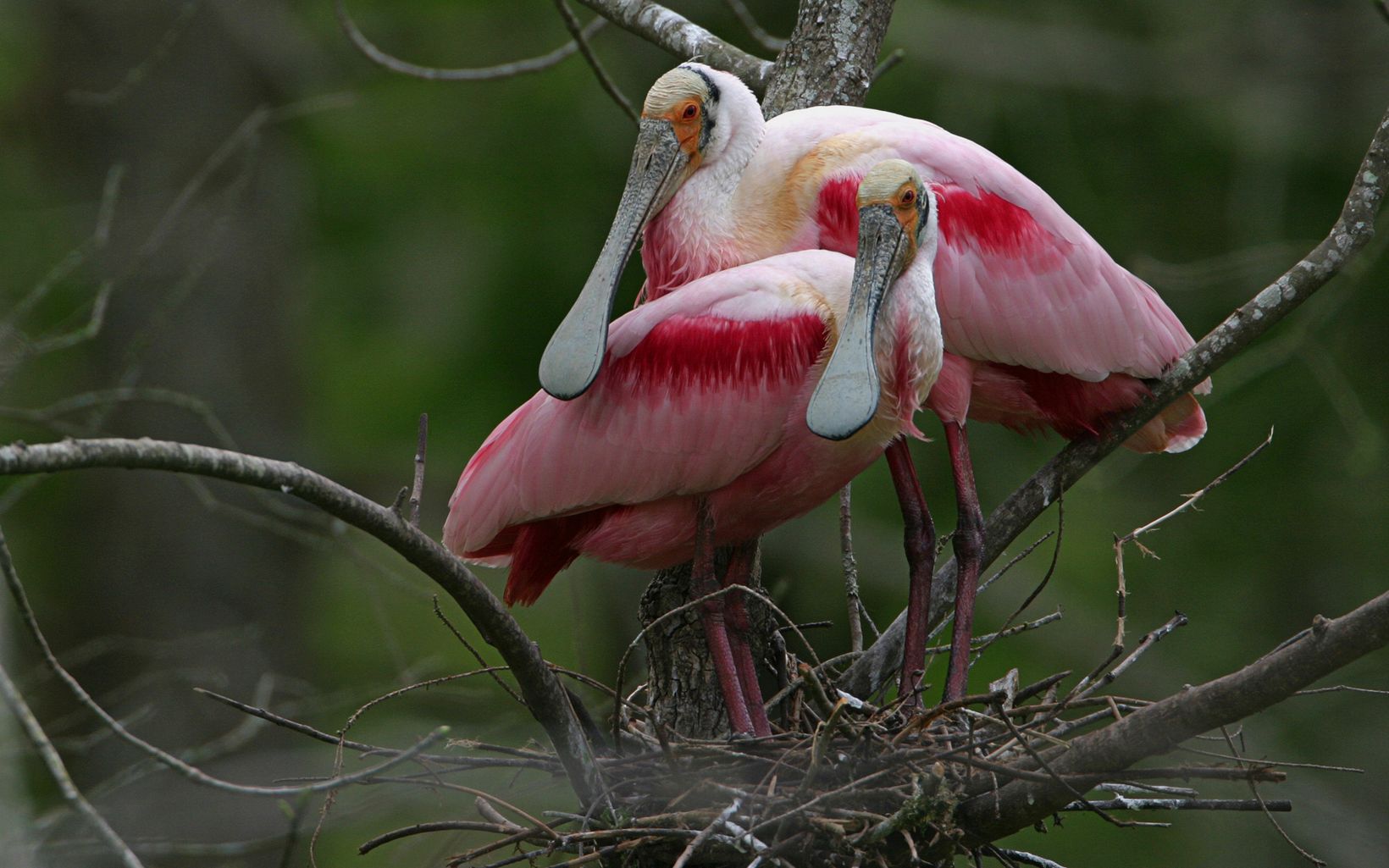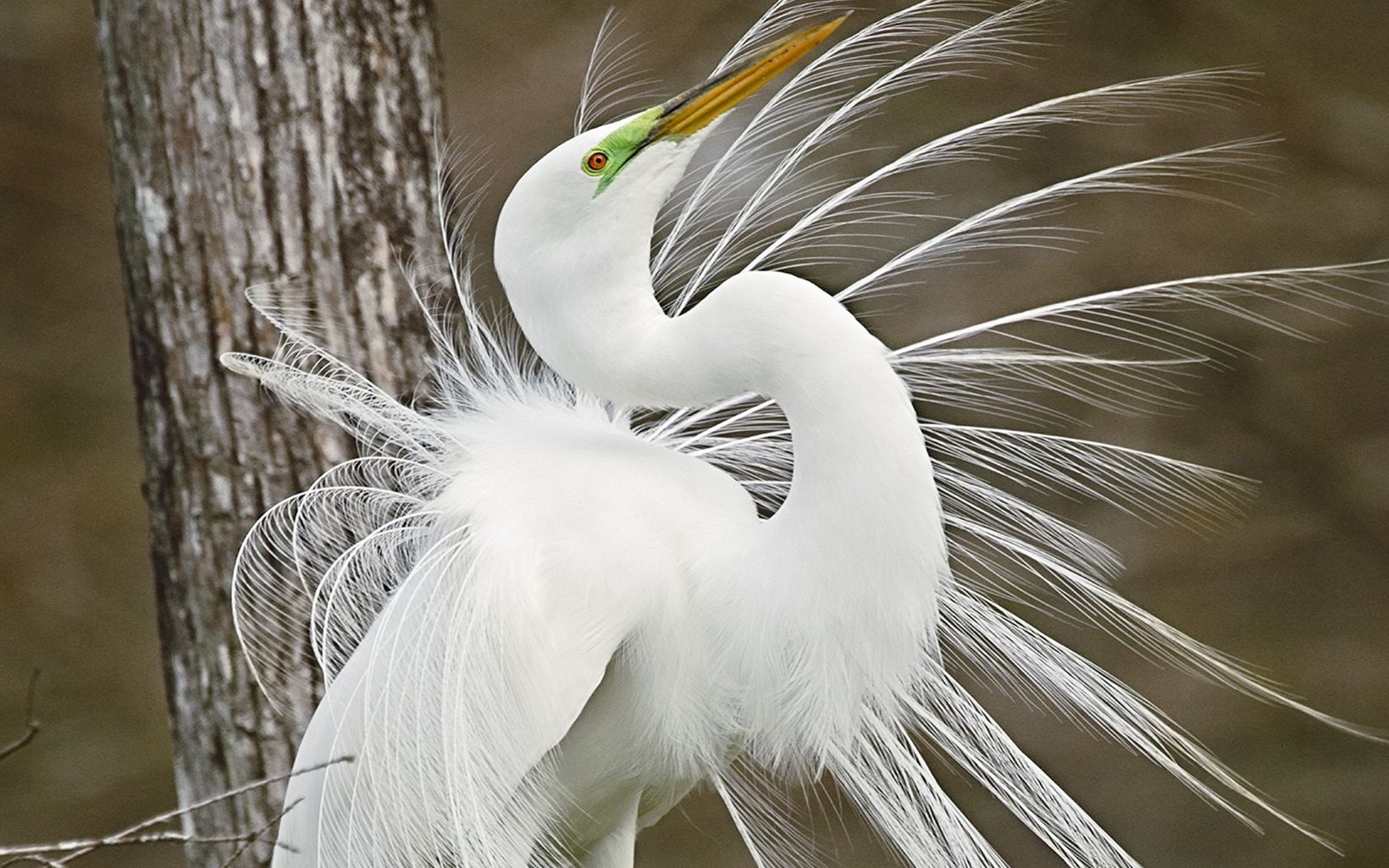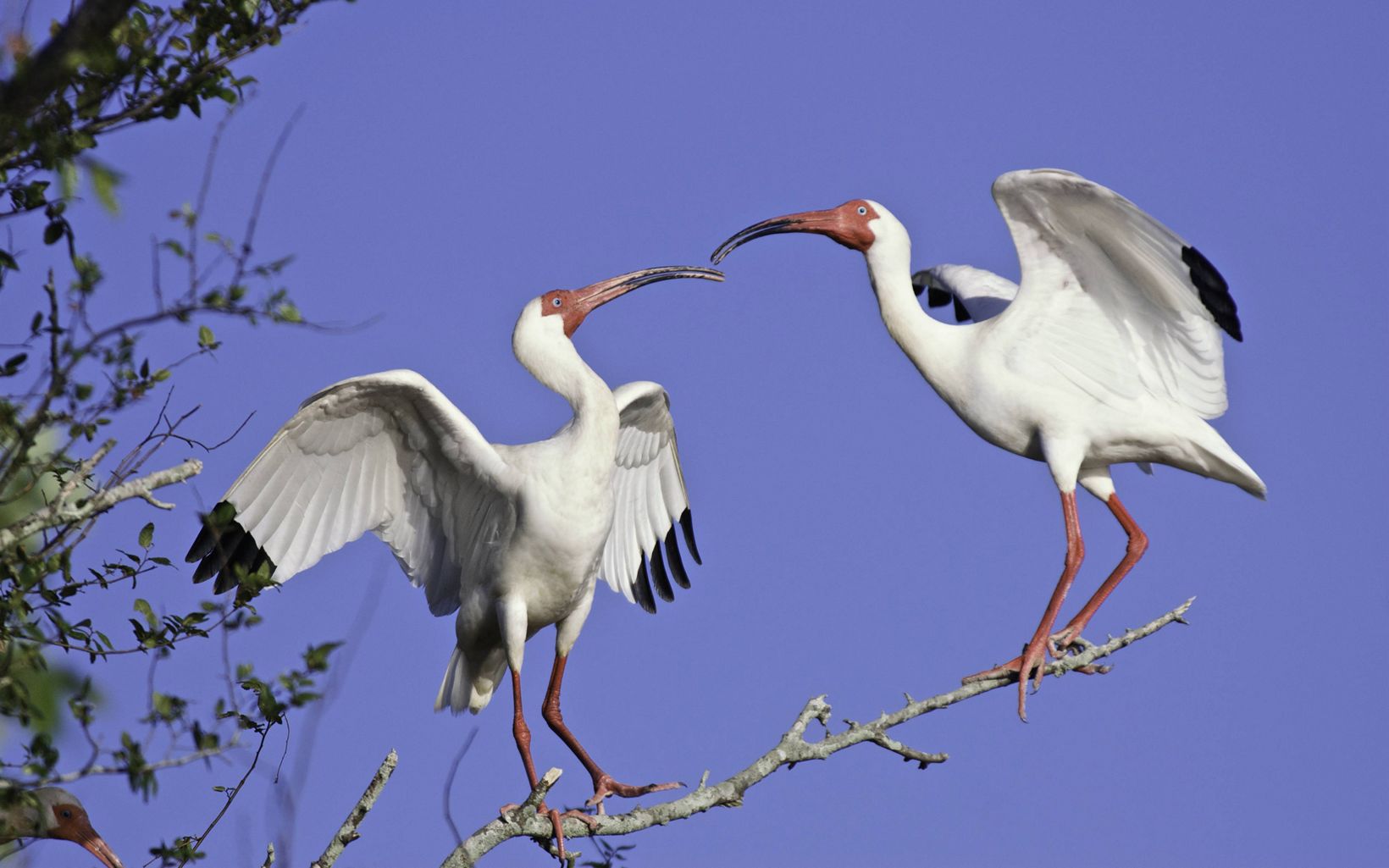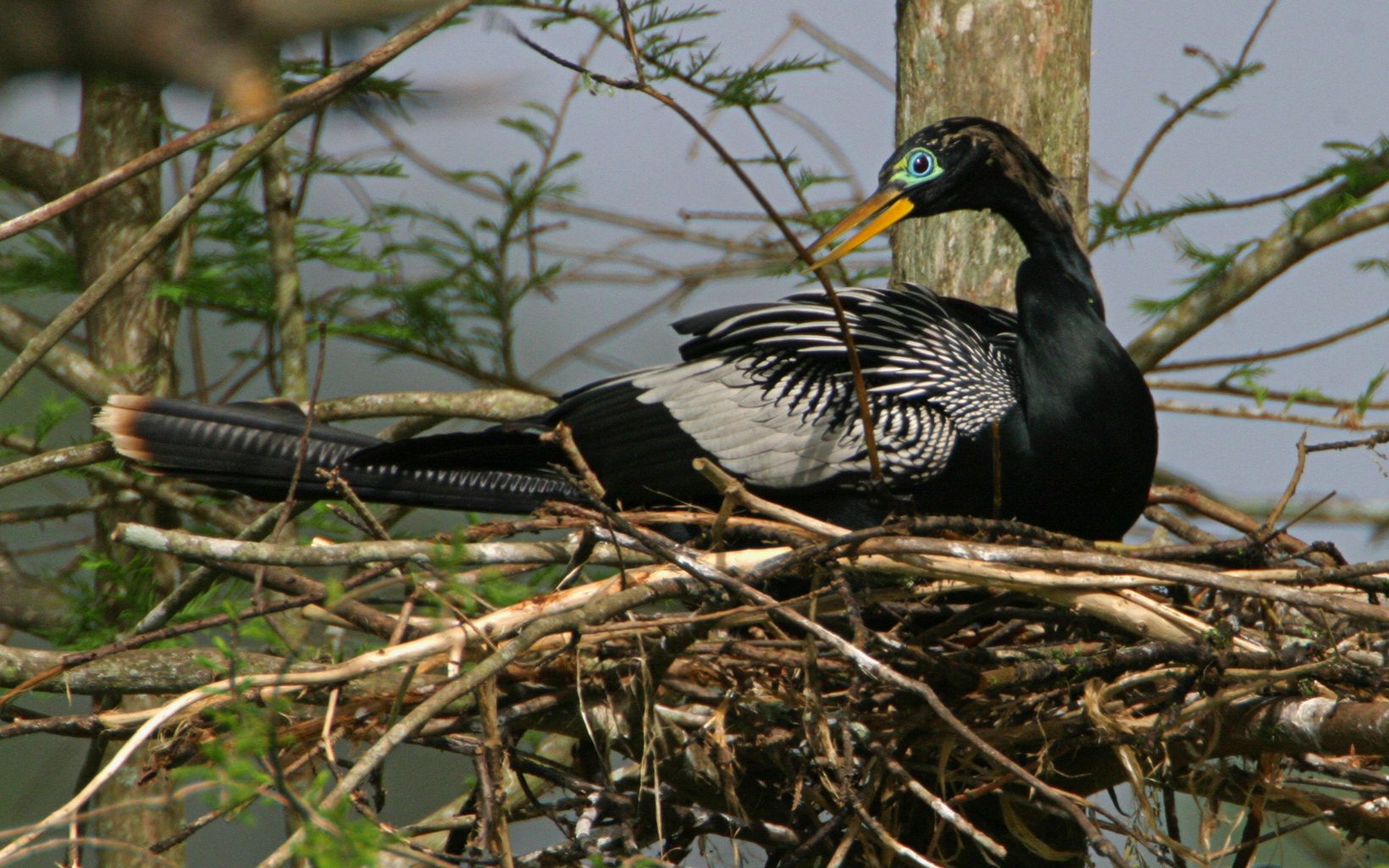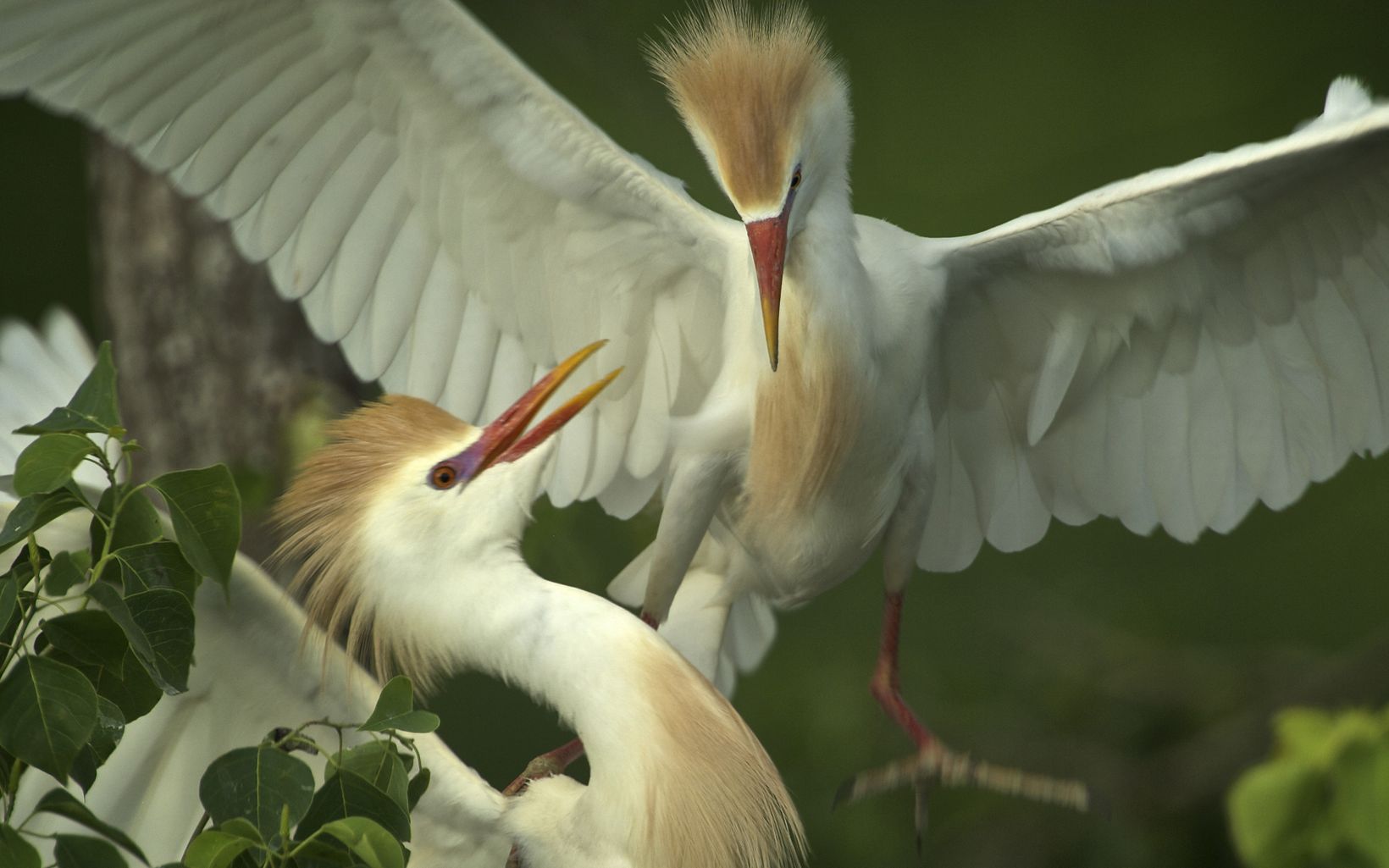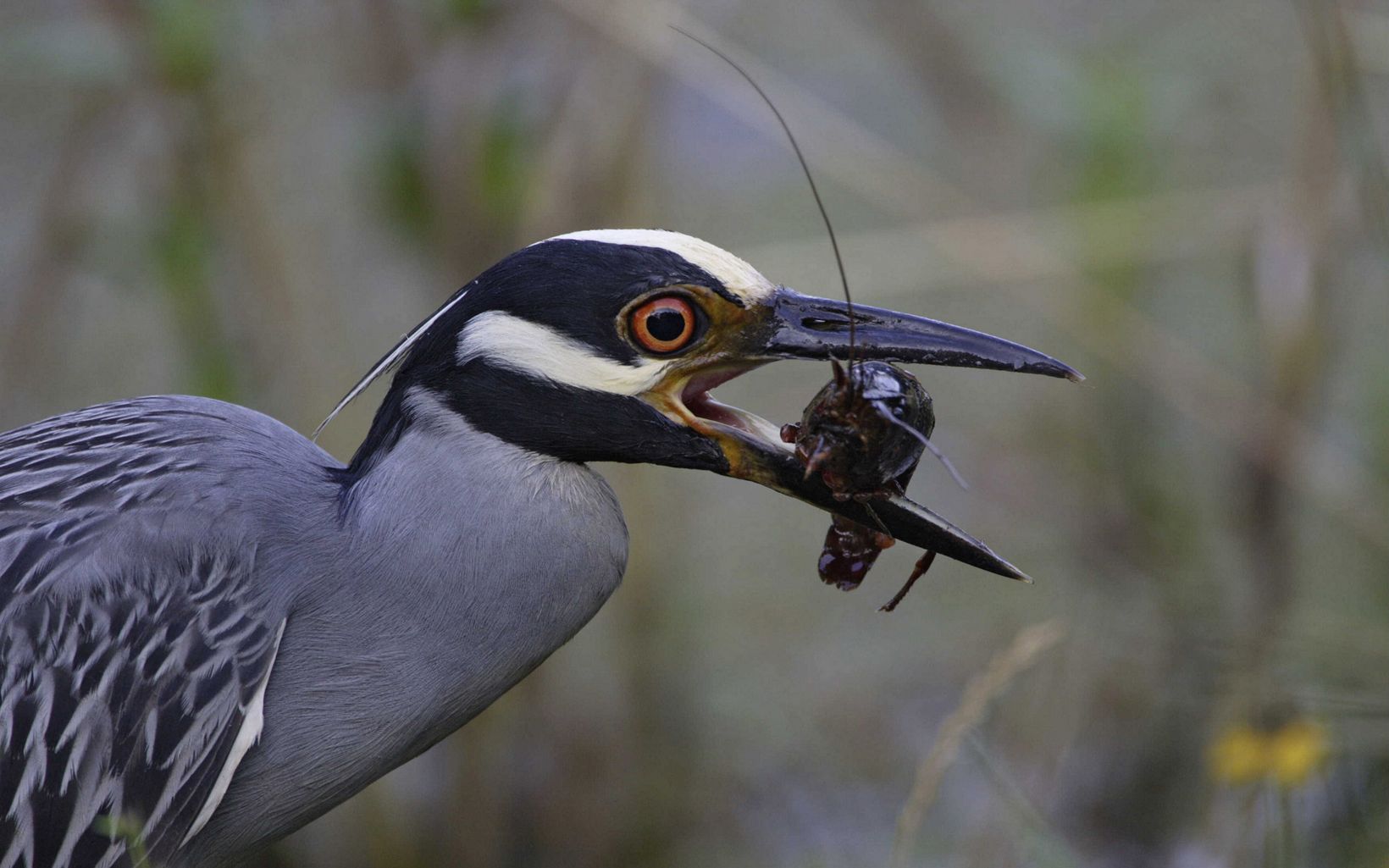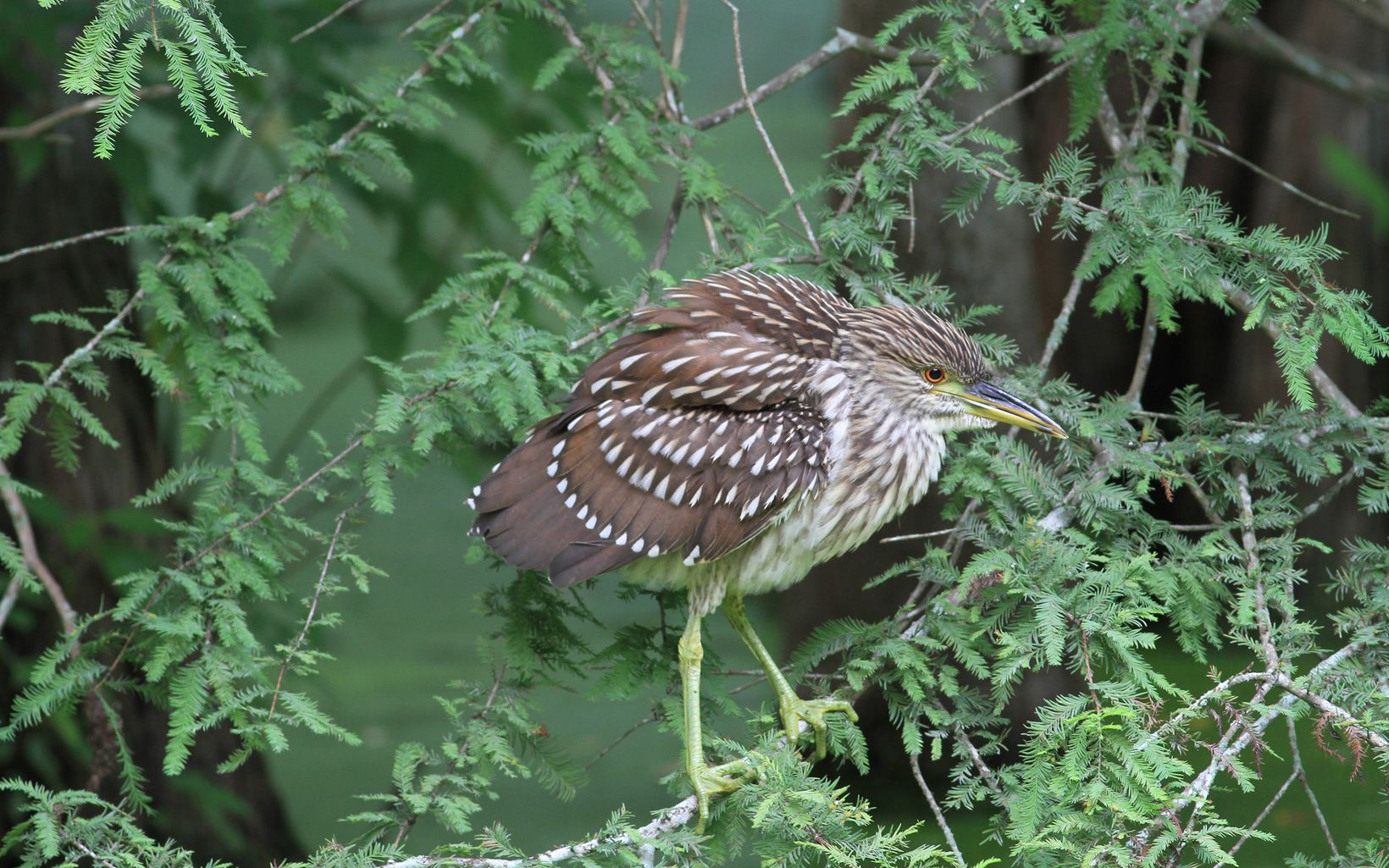Description
Moody. Timeless. Ethereal. Bald cypress, water tupelo, and two hundred year-old live oaks dripping with Spanish moss and surrounded by slow moving, swampy waters sets the tone at The Nature Conservancy’s Cypress Island Preserve. If you want to see iconic cypress trees, bottomland hardwood forest and alligators only 20 minutes from a destination city, you come here. This place is a microcosm of everything that represents a cypress swamp in Louisiana.
Two generous land donations led to creating the 9,000-acre Cypress Island Preserve. Located in the heart of Louisiana’s Acadian region and included within the Atchafalaya National Heritage Area, this remnant of cypress-tupelo swamp and bottomland hardwood forest harbors alligators, water birds and other wildlife.
